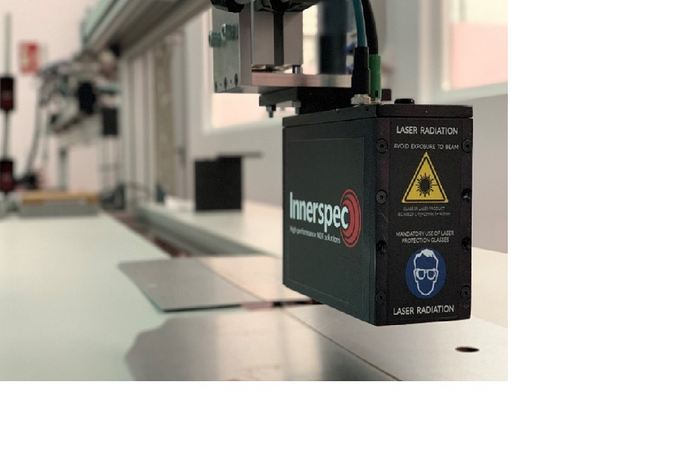Calculating rainfall rates
Water is an extremely valuable resource worldwide. Precipitation data is gathered at the Earth's surface by rain gauges and radar, but is limited in scope. Considerable effort has been poured into equipping satellites with instrumentation capable of determining precipitation to increase coverage. Groundbreaking work by scientists at the University of Birmingham is combining the output of two different satellite-borne sensors to estimate rainfall rate. Infrared (IR) measurements are gathered by the Spinning Enhanced Visible and Infrared Imager (SEVIRI) radiometer. Information in the microwave (MW) portion of the spectrum is supplied by the Special Sensor Microwave Imager (SSM/I). The challenge is integrating the IR and MW datasets, which provide very different parameters on dissimilar space- and timescales. The IR data deliver information about cloud top characteristics while the MW data estimates concentrations of raindrops and ice particles. MW data is sparse while IR data is much more available. Resolving these differences proved a challenge. Each dataset, IR and MW, was pre-processed separately. Continuity was improved by introducing a time weighting scheme, going back through four days worth of data. Distance weighting was also applied to smooth the data and fill in any existing gaps. The final step in the procedure developed at the University of Birmingham was the application of a cumulative histogram matching technique. This defines a relationship between collocated maxima in IR and MW signals, after which a table of conversion coefficients is constructed. It was shown that the technique significantly reduces errors inherent in combining temporally and spatially incoherent data, thereby improving the accuracy of the predicted rainfall rates. The output dataset has a spatial resolution of 0.1 degrees and a temporal resolution of 30 minutes. The data has relevance for numerical weather prediction, hydrological applications and flood prediction.







